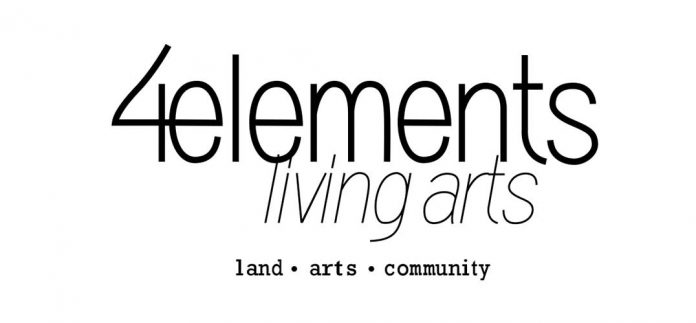The Canadians won the hockey game on Sunday night.
No, not the Montreal Canadiens, who fell 2-1 in overtime to the Carolina Hurricanes. The real winners were Canadians from coast to coast to coast who, for the first time in history, could tune in to an NHL game being called in Plains Cree on the Aboriginal Peoples Television Network (APTN).
Some communication scholars have mourned the demise of the nation-building powers of media, leading to greater individualism. In its infancy, a national CBC radio broadcast would have drawn families and neighbours around the household radio set, giving them the sense that they were part of the country as a whole.
In fact, the CBC’s original mandate was to foster a sense of unity and build Canada’s national identity. The first hockey game broadcast on a radio station was in 1923 in Toronto. Its popularity blossomed and by the mid-1930s ‘Hockey Night in Canada’ was a staple on CBC.
Fast-forward to 1972 and the Summit Series between Canada and the USSR. Canada ground to a halt as people of all ages stood together against their Cold War rivals in Moscow. Teachers wheeled television sets into classrooms and live coverage was ubiquitous across all media.
It would seem fitting, then, that if anything could bring together people of all backgrounds in Canada, it would be a hockey game.
Manitoulin Island is no stranger to the unifying power of hockey. School teams and house league organizations have always enabled both Anishinaabe and non-Indigenous Islanders to set aside any cultural differences and play together in pursuit of the coveted win point.
It’s a shared love that transcends generations. Each community has its own hockey facility or facilities, whether an outdoor rink or a robust indoor playing surface. The kids who start playing alongside one another in their youth are often still active through their adult life in organizations such as the sportsman division of Island hockey.
That group invites people of all backgrounds, ages and genders to play within its ranks for the sheer love of the game. There are at least a half-dozen sportsmen hockey tournaments around Manitoulin Island every year.
Sunday’s NHL broadcast offered Plains-Cree speakers a bigger part within the national fold. Of course, there are dozens of Indigenous languages present across Canada and many Indigenous people would have been unable to understand the broadcast. This game was not designed to address all those people, though. It was meant as a starting point, offering Cree speakers some representation on a national stage.
From here, the broadcasting of national events in Indigenous languages can grow to include more peoples. Perhaps a future sports broadcast may only have one channel that briefly features other languages throughout, or even the option to select the language in which a viewer would like to hear the play-by-play.
An alternative question might lie in the APTN broadcast’s ability to really effect change.
While Indigenous people across Canada eagerly shared their praise for the broadcast, the reaction from non-Indigenous Canadians was less present. Even while watching the game on TV, one couldn’t help but feel like all the elements of a unifying event were in place, but the significance may have been lost on the majority of Canadians.
For one, most regular hockey-watchers would have largely tuned into their habitual English-language channel to catch the game. And those who intentionally tuned into APTN are likely the ones already aware of many of the issues Indigenous peoples face in modern-day Canada.
Long gone are the days of turning on the television and choosing between the CBC, perhaps one local station and static. With the abundance of choice, people can always select something with which they’re comfortable rather than something new or challenging to their way of life.
Perhaps Sunday’s broadcast didn’t live up to its full potential. But knowing that technology keeps developing in unprecedented ways might offer hope to a more even playing field for all cultures within Canada.
Broadcasters have already proven the success of sports broadcasts in Cree, Inuktitut, Punjabi, Italian, Cantonese and Mandarin languages. If more Indigenous languages are featured in the national media, it will only serve to strengthen the ties between all Canadians—especially for content with universal appeal such as the good ol’ hockey game.
Hockey has been significant in Indigenous culture for decades, ranging from the celebration of the NHL’s first Canadian Indigenous Hockey Player Fred Sasakamoose to the racy antics of Smudge Pan, the “deadliest” foul-mouthed hockey player on the rez.
If there’s anything that can bring this country together, it’s our near-universal love for hockey—Sunday’s broadcast was an important milestone to that end. For Indigenous peoples across Canada who saw themselves represented in a new way on national television, this was a long time coming and well worth the wait.




